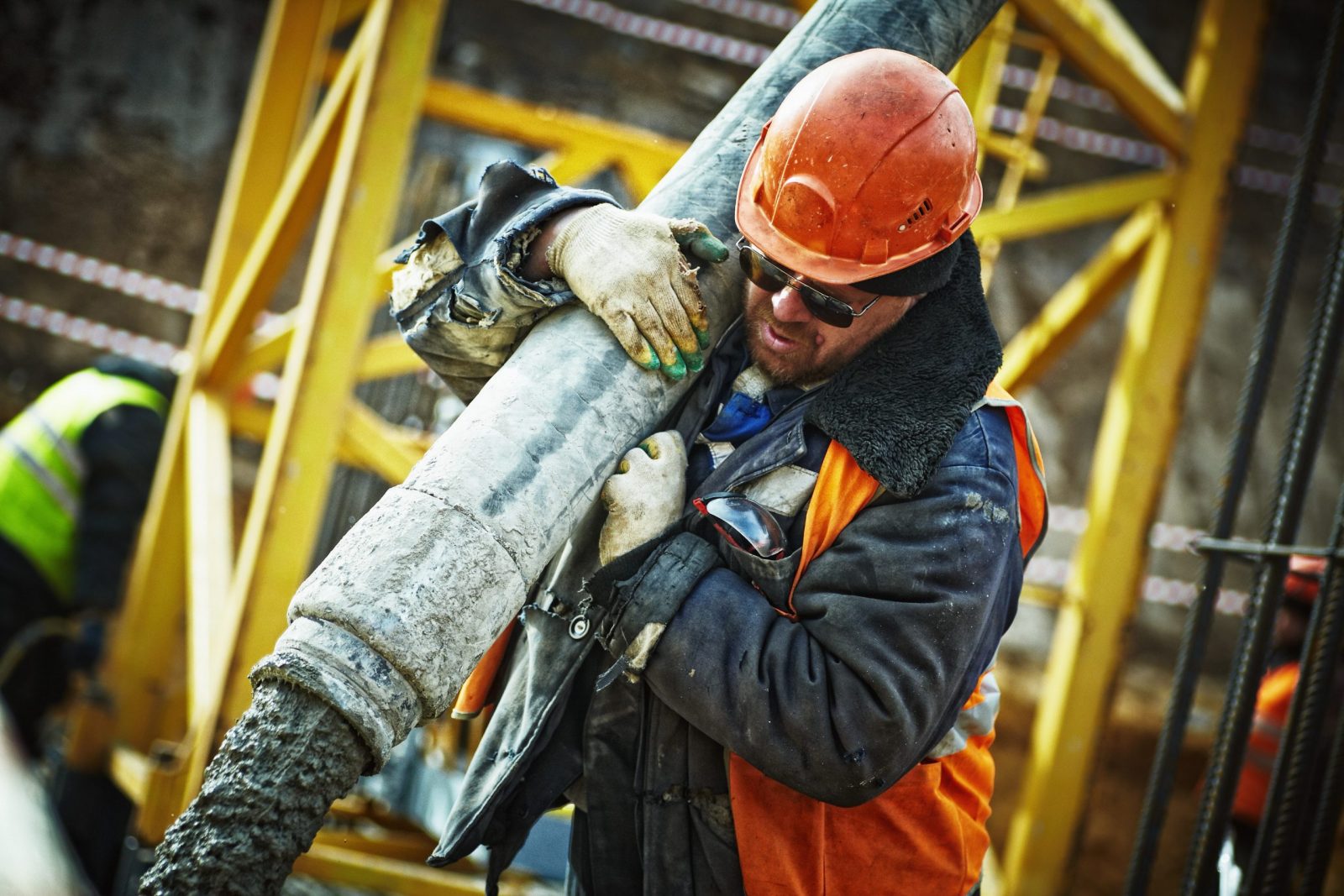
A permit to work can be necessary for a variety of professionals working in a high risk setting. A permit to work ensures that the individual taking on the role is qualified and capable of doing so safely, and enables employers to remain safe and compliant.
Whatever your role within a business, if you’re working on a high risk site or have a specialist high risk role to perform, you will likely need a work permit. In this article we’re looking at the kinds of jobs that will need a work permit, and who is able to issue them.
Do I Need A Permit To Work?
To keep up with workplace safety and compliance laws, there are a variety of tasks that require a permit to work. When a business is working with contractors, a permit allows both the company and contractor to identify contractor duties, establish WHS compliance requirements and stick to those requirements without any confusion.
The purpose of the document is to allow employees to carry out required tasks under specific conditions. In other words, the document authorises workers to carry out high-risk functions at specific times and under specific conditions.
A permit to work enables companies to confirm that a person has the necessary skills to carry out the task effectively, and creates a formal permit for that person to carry out the high risk work. A good permit to work system will also provide an auditable trace of permit history and access history that both parties can call upon in the event of an accident or issue.
Roles that may require a permit to work
As mentioned, a permit to work covers both parties and ensures that independent contractors are kept safe on the job. A few examples of the kinds of permits to work that a company might need to issue are:
- Confined space entry permits
- Hot work permits
- Work at height permits
- Excavations permits
- Lifting operations permits
- Other workplace specific permits
Who Issues A Permit To Work?
Usually, a permit to work is issued by a manager, supervisor or project manager. Within a business, you will need to have designated people who can issue permits to work. They will need to be familiar with the different permits that your company issues, and what level of skill someone will need to have to perform the role safely.
People issuing a permit to work might need to have a qualification, proving that they are authorised to issue a permit to work. Those needing to issue permits to work may need to take a National Safety Council Of Australia (NSCA) course in order to educate themselves on the requirements of the permit they want to issue.
- Permit Legislative Requirements
- Completing a review of the scope of work
- Selecting the most appropriate permit for the work task
- Liaising with the work team to review the JSA/Risk Assessment & document hazard controls on the work permit
- Isolation procedures
- Determining the appropriate conditions for the permit
- Raising, authorising & issuing the necessary permit
- Monitoring compliance with permit conditions and the JSA/Risk Assessment
- Reporting any indiscretions or violations of permit conditions as required
- Managing the permit process, e.g. extensions, handovers, changes etc.
- Signing off work permits on completion of work
- Ensuring that workplace procedures are complied with for the entire permit process
What Are The Benefits Of A Permit To Work?
There are many benefits of having a permit to work system. In some cases a permit to work is necessary by law, however there are also lots of situations where a workplace may choose to create their own workplace specific permits.
In any case a permit to work can have many benefits. These include:
- It provides a formal record
A permit to work provides both the contractor and company with the formal permission to carry out a task. It creates a paper trail of high risk work that is carried out and captures the description of the task.
- Ensures high risk work is planned and checked
In order to comply with Occupational Safety and Health standards, a permit to work helps to capture every aspect of the framework and walk the worker through it. It makes the workplace safer and allows everyone to plan and check their safety requirements.
- Provides a procedure to support a risk assessment
Specific high-risk work needs to go through a risk assessment before action can be carried out and a permit to work system prevents workers from working on that project until the risk assessment has been carried out and the necessary changes implemented.
A good permit to work system can be invaluable and offers a lot more than just a record of high risk activity. It makes the workplace safer, and provides risk assessment support that is essential to OSH.
